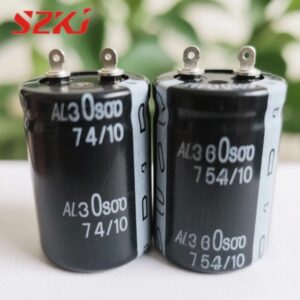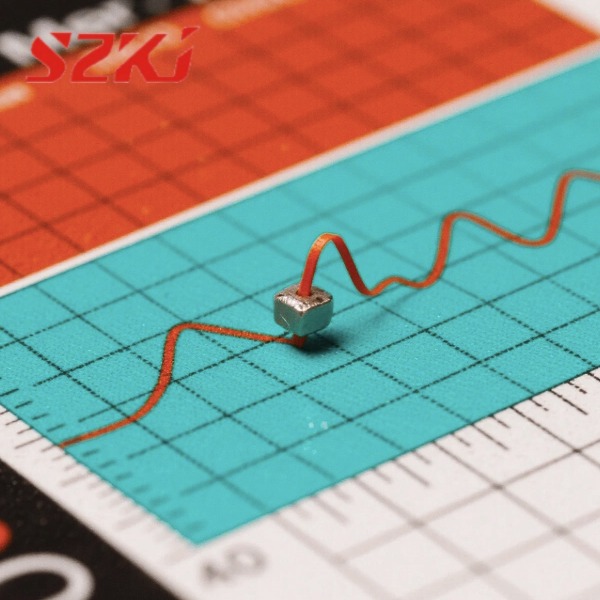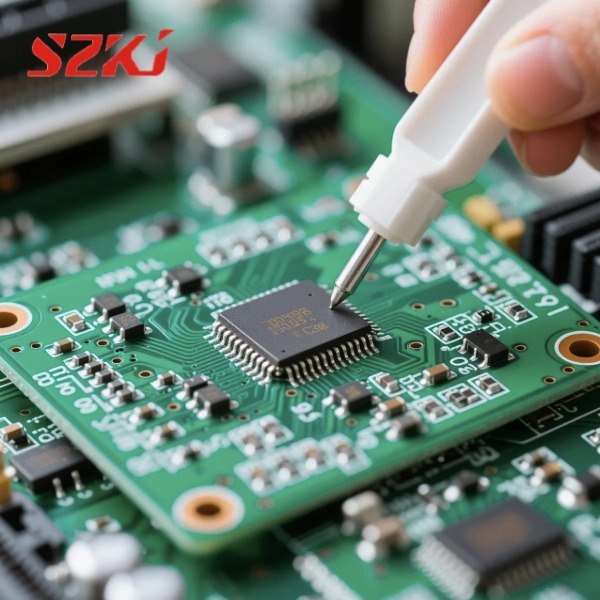Table of Contents
ToggleCapacitors are among the most widely used components in the electronics industry, serving various functions from energy storage to signal processing. One of their most essential and common applications is filtering. In electronic circuits, the filter capacitor plays a critical role in smoothing voltage and eliminating unwanted signals. But what exactly is a filter capacitor, and why is it so vital in modern electronics?

What Is a Filter Capacitor?
A filter capacitor is a type of capacitor specifically used to filter out or reduce unwanted AC (alternating current) components in a power supply or signal line. When combined with other passive components like resistors or inductors, filter capacitors help suppress voltage spikes and provide a more stable DC (direct current) output. They are crucial in ensuring the smooth functioning of sensitive electronic equipment by reducing ripple and noise.
Characteristics of Filter Capacitors
Filter capacitors are favored for their numerous advantages. Their compact size and lightweight design make them easy to incorporate into various devices, from portable gadgets to industrial machinery. Another significant benefit is their low leakage current, which improves efficiency and performance. These characteristics make filter capacitors not only reliable but also adaptable to a wide range of electronic applications.
Functions of a Filter Capacitor
The primary function of a filter capacitor is to smooth out voltage by storing energy and releasing it when needed. This reduces fluctuations and helps maintain a constant voltage level. The application of filter capacitors varies depending on the frequency:
- Different Frequency Applications: Low-frequency circuits often use electrolytic capacitors due to their high capacitance values, while high-frequency circuits benefit from ceramic or film capacitors that respond quickly to rapid voltage changes.
- High vs. Low-Frequency Capacitors: High-frequency capacitors typically have lower capacitance but better response speed, while low-frequency capacitors are larger with higher capacitance to store more energy.
By distinguishing between high and low-frequency needs, engineers can better optimize circuit performance using the appropriate type of filter capacitor.
Importance of Filter Capacitors in Switching Power Supplies
In switching power supplies (SMPS), filter capacitors are indispensable. These systems operate at high frequencies and require components that can handle rapid voltage changes without causing noise or inefficiency.
Why Correct Selection Matters: Choosing the right filter capacitor ensures stable operation, reduces electromagnetic interference (EMI), and prolongs the lifespan of other components.
Capacitor Behavior Across Frequencies:
- Low-Frequency Electrolytic Capacitors: Ideal for bulk energy storage and ripple smoothing in lower frequency ranges.
- High-Frequency Electrolytic Capacitors: These capacitors are specially designed for high-speed switching applications. They often feature a four-terminal design, where the positive and negative leads are separated, allowing current to flow through the capacitor to the load and back again efficiently.
High-frequency electrolytic capacitors offer enhanced performance in terms of ESR (Equivalent Series Resistance) and ESL (Equivalent Series Inductance), making them perfect for use in compact and high-speed circuits.
Standards for Choosing a Filter Capacitor
Selecting the appropriate filter capacitor depends on the frequency and application requirements:
- Low-Frequency Electrolytic Capacitors: These should have high capacitance and good thermal stability. They are often used in linear power supplies and audio circuits.
- High-Frequency Electrolytic Capacitors: Focus on capacitors with low ESR and high ripple current ratings. Aluminum electrolytic capacitors with special internal structures are ideal for switch-mode power supplies and high-frequency signal paths.
Making the right choice directly affects the reliability and performance of the entire system. A mismatch could lead to poor voltage regulation, increased noise, or even damage to the circuit.
Conclusion
The filter capacitor is an essential component in virtually every modern electronic device. Its ability to eliminate unwanted AC signals, stabilize voltage, and improve overall circuit performance makes it irreplaceable in both low and high-frequency applications. From compact consumer electronics to industrial-grade power supplies, understanding how to select and apply the right filter capacitor is key to designing efficient and reliable systems. Whether you’re working with switching power supplies or analog circuits, never underestimate the impact of this small but powerful component.




